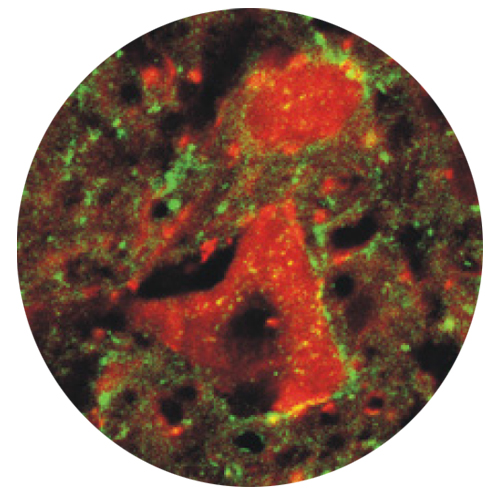A Fab fragment directed against the neural cell adhesion molecule L1 enhances functional recovery after injury of the adult mouse spinal cord
29-May-2014
Biochem. J., 2014, doi:10.1042/BJ20131677, 460 (437–446) published on 29.05.2014
Biochem. J., online article
Biochem. J., online article
Lack of permissive mechanisms and abundance of inhibitory molecules in the lesioned central nervous system of adult mammals contribute to the failure of functional recovery, which leads to severe disabilities in motor functions or pain. Previous studies have indicated that the neural cell adhesion molecule L1 constitutes a viable target to promote regeneration. In the present study, we describe the cloning, functional expression in Escherichia coli cells and purification of a recombinant αL1 Fab fragment that binds to L1 with comparable activity as the function-triggering monoclonal antibody 557.B6 and induces neurite outgrowth and neuronal survival in cultured neurons, despite its monovalent function. Infusion of αL1 Fab into the lesioned spinal cord of mice enhanced functional recovery after thoracic spinal cord compression injury. αL1 Fab treatment resulted in reduced scar volume, enhanced number of tyrosine hydroxylase-positive axons and increased linear density of VGLUT1 (vesicular glutamate transporter 1) on motoneurons. Furthermore, the number and soma size of ChAT (choline acetyltransferase)-positive motoneurons and the linear density of ChAT-positive boutons on motoneurons as well as parvalbumin-positive interneurons in the lumbar spinal cord were elevated. Stimulation of endogenous L1 by application of the αL1 Fab opens new avenues for recombinant antibody technology, offering prospects for therapeutic applications after traumatic nervous system lesions.











